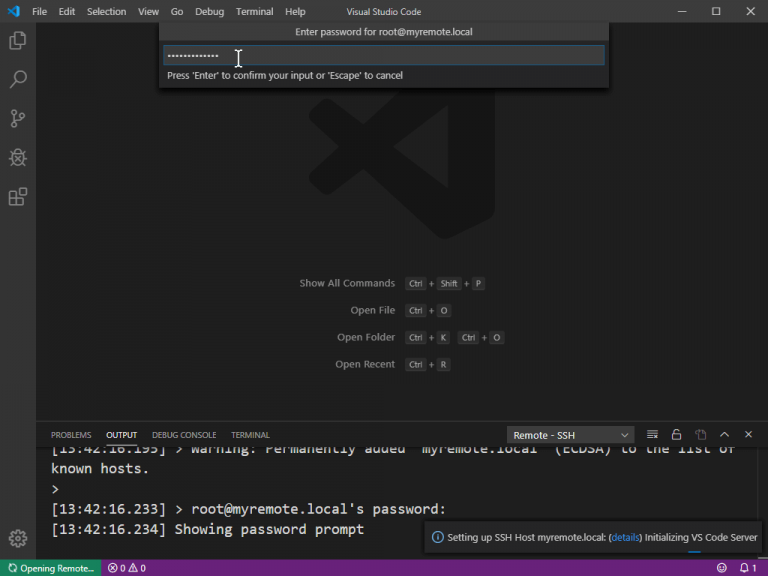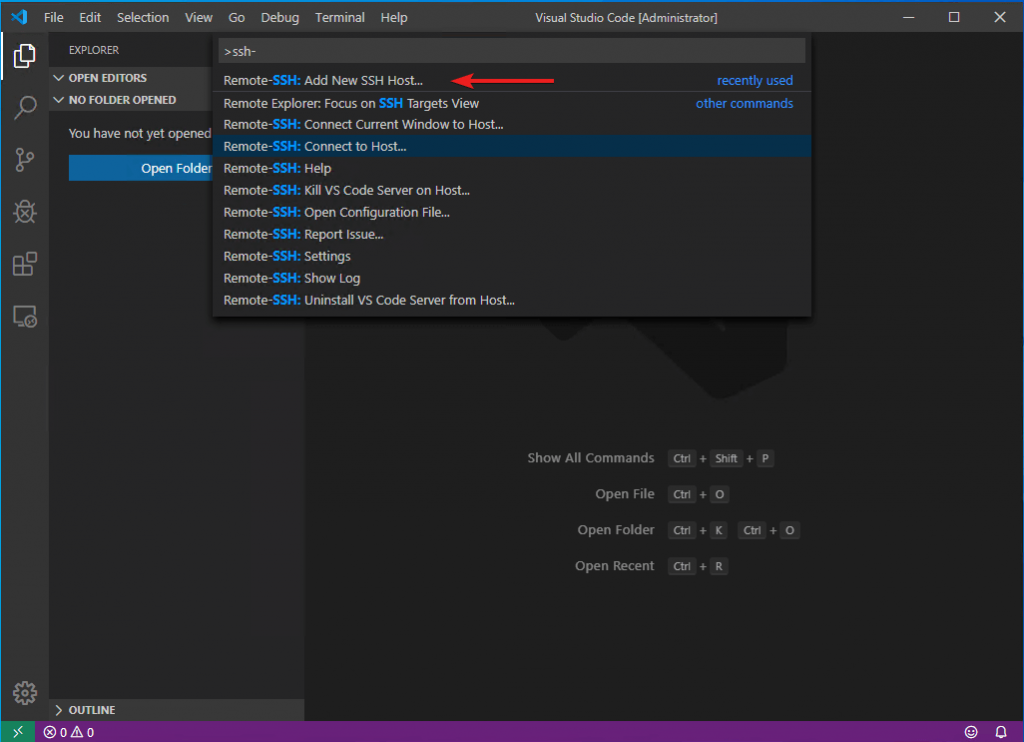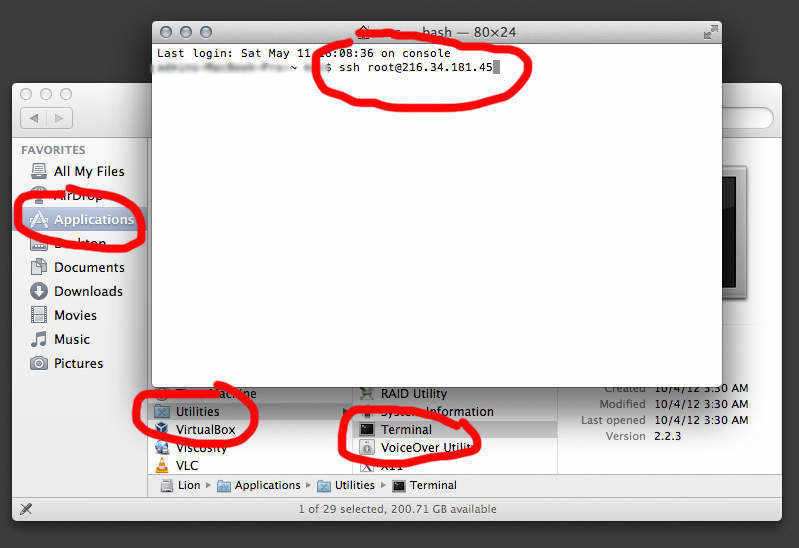
Keywords are case-insensitive and arguments are case-sensitive. The following keywords can be used in SSH client configuration files. Both the global /etc/ssh/ssh_config and per-user ~/ssh/config have the same format.Įmpty lines and lines starting with '#' are comments.Įach line begins with a keyword, followed by argument(s).Ĭonfiguration options may be separated by whitespace or optional whitespace and exactly one =.Īrguments may be enclosed in double quotes (") in order to specify arguments that contain spaces. The ssh_config client configuration file has the following format. Format of SSH client config file ssh_config See SSH certificates for more information. OpenSSH certificates can be used for authentication either using ssh-agent or by specifying the CertificateFile option in the client configuration file. In the client configuration file, this can be specified using the IdentityFile options. When a user has created more than one SSH key for authentication, the -i command line option may be helpful for specifying which key to use. See the public key authentication for configuring it. It is also used by sophisticated end users and system administrators for single sign-on. It is often used for automated processes, such as backups, configuration management, and file transfers. Public authentication is used for passwordless logins between systems. See the page on SSH tunneling for more information. Hackers use it to leave permanent backdoor. Employees sometimes do this to be able to work from home even when company policy does not permit it. Note, however, that port forwarding can also be used to tunnel traffic from the external Internet into a corporate intranet. For instructions on configuring port forwarding, see the port forwarding configuration page. Local and remote port forwarding can be used for tunneling applications, accessing intranet web services from home, tunneling database access, and many other purposes. ForwardAgent yes ForwardX11 yes Port forwarding There is generally no reason to enable them on production servers in enterprises.

However, they increase the risk of an attack spreading from a compromised server to a user's desktop, so the most security-critical environments may want to leave them disabled. Setting these options in /etc/ssh/ssh_config makes life easier for end users, saves overhead, and reduces support load.
SSH CONFIG EDITOR MAC PASSWORD
These allow running graphical applications remotely and eliminate the need for typing a password whenever moving from one server to another, respectively.

Enabling X11 forwarding and agent forwardingĭevelopers, students, and researchers often want to enable X11 forwarding and SSH agent forwarding. In most cases, just /etc/ssh/ssh_config is edited.

In practice, only a few of them are ever changed, and user-specific configuration files are rarely used. There are many configuration options available. Contents Commonly used configuration options Enabling X11 forwarding and agent forwarding Port forwarding Configuring public key authentication Certificate-based authentication Format of SSH client config file ssh_config Listing of client configuration options Commonly used configuration options


 0 kommentar(er)
0 kommentar(er)
